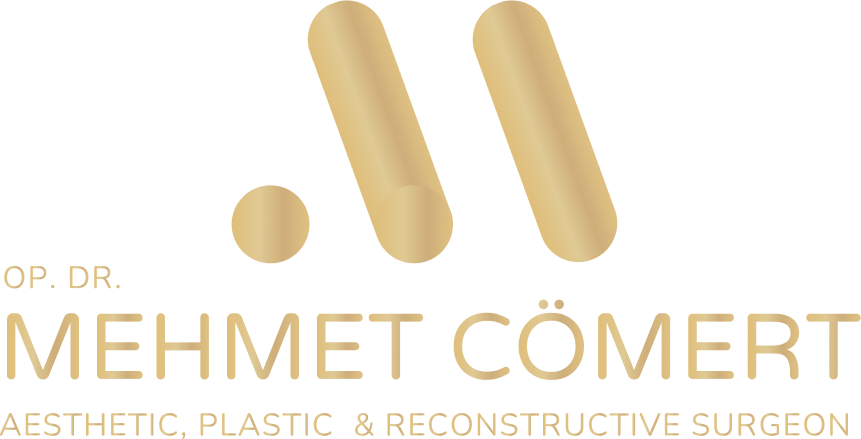

Cleft lip is a birth defect that occurs when the tissues that form the lip do not fully fuse during fetal development. This condition can cause difficulties with feeding, speech, and hearing, as well as aesthetic concerns. Cleft lip surgery is a surgical procedure designed to repair the cleft and improve the function and appearance of the affected area.
For babies and infants, cleft lip surgery is typically performed when the baby is 2-3 months old. The surgery involves creating an incision on each side of the cleft and bringing the tissues together to create a more normal lip shape. The goal is to achieve a natural-looking lip with minimal scarring. Additional surgeries may be needed as the child grows to improve the function and appearance of the lip and surrounding areas.
For adults with cleft lip, the surgical approach may vary depending on the severity and extent of the cleft. In some cases, a single surgery may be sufficient to repair the cleft and improve the appearance of the lip. In more complex cases, multiple surgeries may be needed to achieve optimal results. The surgeon may also consider other factors, such as dental and speech concerns, when planning the surgery.
Cleft lip surgery is typically performed under general anesthesia and may require a hospital stay. Recovery time can vary depending on the extent of the procedure, but most patients can expect to return to normal activities within several weeks. As with any surgical procedure, there are risks associated with cleft lip surgery, including bleeding, infection, scarring, and asymmetry. It is important for patients to follow post-operative instructions carefully to minimize these risks and ensure proper healing.
Cleft lip and palate surgery is typically performed under general anesthesia and may require a hospital stay. Recovery time can vary depending on the extent of the procedures, but most patients can expect to return to normal activities within several weeks.
As with any surgical procedure, there are risks associated with cleft lip and palate surgery, including bleeding, infection, scarring, and asymmetry. It is important for patients to follow post-operative instructions carefully to minimize these risks and ensure proper healing.
If you or your child have a cleft lip and/or palate, it is important to book a consultation for the evaluation of your individual case, discuss the risks and benefits of the procedures, and help you understand what to expect before, during, and after the surgeries. With the help of surgery, children or adults with cleft lip and palate can achieve improved function, health, and quality of life.


